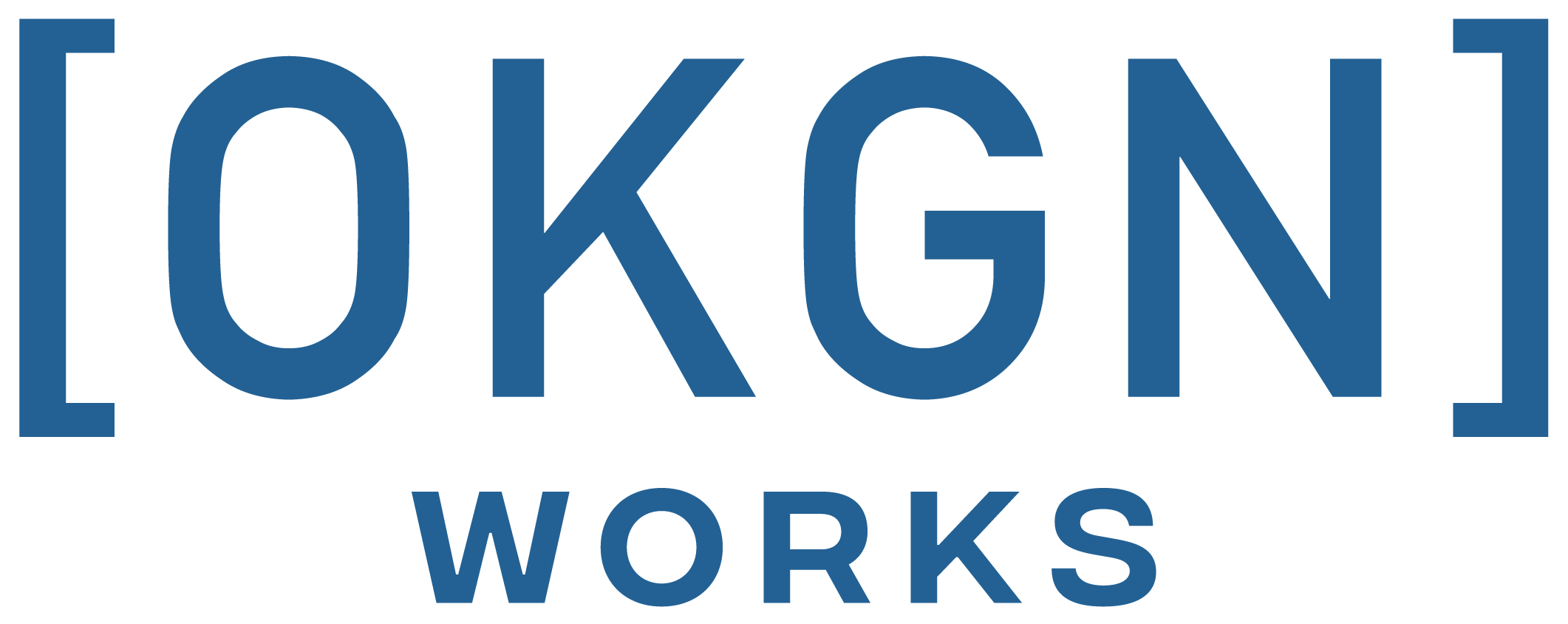Intelligent Winemaking
Advancements in the world of manufacturing are improving the way we do almost everything. Technology and innovation are having a huge impact on how we build, how we make, and even how we grow. Before you take your next sip of BC Pinot noir, let’s consider how advanced manufacturing has played a part in the growing of those grapes and the making of the wine.
In the bottle: On a hot summer day in the Okanagan, we most probably prefer a cold beverage after getting home from work. A glass of red wine might become a choice later in the evening, but kept at room temperature, our wine doubtedly will present its authentic character and flavour to us because it is recommended that most red wines should be served between 12-18 °C.
A smart bottle has now been offered by some companies which gives the user an indication of the appropriate serving time. The solution relies on a thin-film printed temperature sensor which is easily integrated into the product labels, making each individual bottle sensor-equipped. These sensors find their way into our homes and exemplify the emergence of intelligence in the wine supply chain. But there are many new potentials throughout the winemaking process that may not be directly noticed by consumers.
In the vineyard: New technologies offer real-time monitoring of both the vineyard and the winery, enabling proactive quality management and timely actions when adjustments are needed. The rapid development in low-cost small-sized sensors and wireless communication technology has made it possible for a large number of data points to be collected on site and then transferred to a cloud-based platform for analysis.
On a smart vineyard, a network of sensors is positioned at various locations on the land. These sensors automatically monitor a diverse range of parameters like air, soil, temperature, humidity, as well as rainfall, wind speed, and direction. Sensor data and analytics will then allow the grape growers to utilize their resources efficiently, for example, by treating the vines for pests precisely and only where needed. Better quality and uniformity of grapes can be achieved as well.
In the winery: The Internet of Things (IoT) can also be adopted to improve production and ensure quality during the wine fermentation process. In contrast to a regular control system which monitors a few environmental parameters (temperature, pressure, etc.), a smart winery continuously monitors various aspects of the wine such as color, transparency, pH, pressure, temperature, and alcohol levels in each individual cask. The data is then utilized to make informed decisions and respond to changes in a timely manner.
Many other sectors can leverage intelligent technology. To ensure that future engineers of Canada have insight into new emerging technologies and recognize the potentials of wireless communication for transforming business and manufacturing, the University of British Columbia at Okanagan Campus is launching a new course in January 2019 on the Internet of Things (IoT).
“IoT is an exciting and fast-growing area involving smart sensors, wireless communications, and cloud technology. It is estimated that by 2020, there will be more than 50 billion connected devices communicating through the Internet. A new course in this area will enable our students to apply cutting-edge IoT technology in their future careers”, says Dr. Chen Feng, an Assistant Professor at the School of Engineering and the instructor of the IoT course.
While the course is more suited for the students in the Electrical Engineering Stream of the School, its offering is strategically important for the upcoming Stream of Manufacturing Engineering which aims at training the engineers of future who can address the multidisciplinary needs of smart factories.







